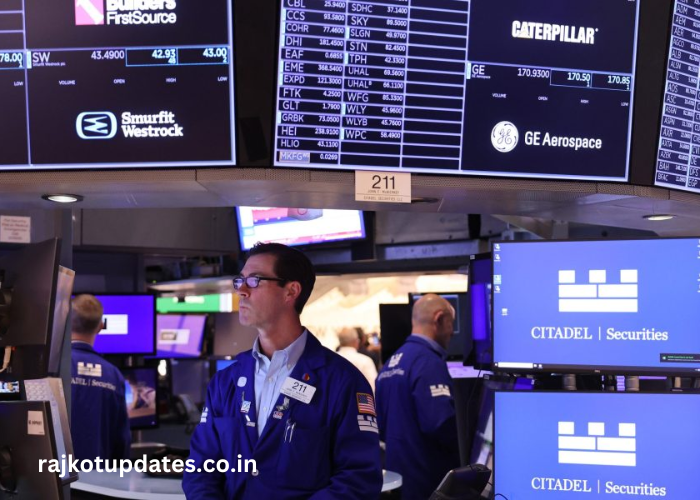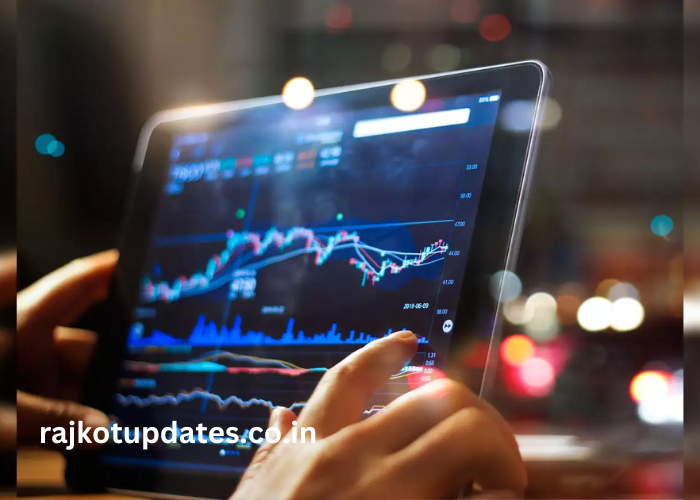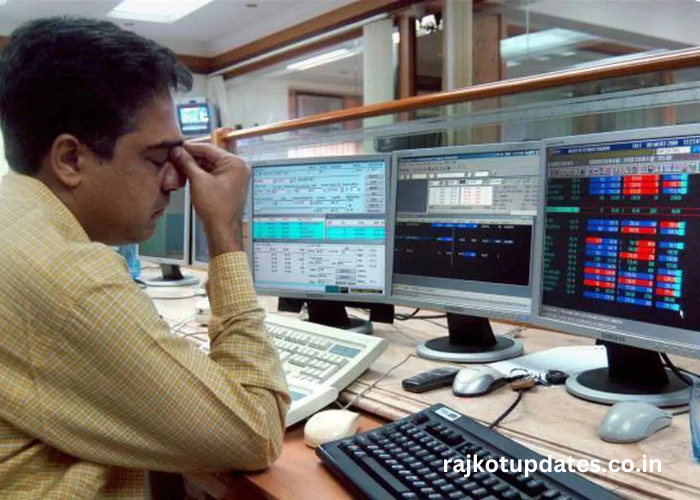In recent months, economic news has been dominated by discussions of inflation, particularly in the United States. According to reports, inflation in the US surged by 7.5%, marking the highest rate in 40 years. This significant increase has raised concerns among economists, policymakers, and the public alike. In this article, we delve into the factors contributing to this inflation spike, its implications for the economy, and how it may affect everyday consumers.
Understanding Inflation
Inflation refers to the rate at which the general level of prices for goods and services rises, eroding purchasing power. A moderate level of inflation is considered normal in a growing economy, but a rapid increase can lead to economic instability. Understanding the nuances of inflation is crucial for evaluating its impact on various sectors.
Historical Context
The last time inflation rates reached similar levels was in the early 1980s, a period characterized by economic challenges including high unemployment and rising energy prices. Historical trends provide context for the current situation and can help predict future economic conditions.
Factors Contributing to the Recent Surge
Several factors have contributed to the recent inflation surge in the US. Among them are supply chain disruptions, labor shortages, and increased consumer demand as the economy rebounds from the COVID-19 pandemic. Understanding these factors is essential for grasping the complexity of the current inflationary environment.
Supply Chain Disruptions
Global supply chains have faced significant disruptions due to the pandemic, affecting the availability of goods and services. Delays in shipping and manufacturing bottlenecks have contributed to rising costs, which businesses have passed on to consumers in the form of higher prices.
Labor Market Dynamics
Labor shortages across various industries have also played a role in inflation. As companies struggle to fill positions, they are often forced to increase wages, contributing to higher operational costs. These costs can further drive up prices for consumers.
Consumer Demand and Spending
As the economy opens up, consumer demand has surged, fueled by government stimulus packages and pent-up savings from the pandemic. This increased demand, coupled with supply chain challenges, creates a perfect storm for rising prices.
Impact on Essential Goods
The inflation spike has particularly affected essential goods such as food and fuel. As prices rise, consumers face increased financial strain, leading to concerns about affordability and living standards.
The Federal Reserve’s Response
In response to rising inflation, the Federal Reserve has signaled potential interest rate hikes to curb inflationary pressures. Understanding the Fed’s monetary policy decisions is vital for predicting the future trajectory of inflation and its broader economic implications.
Implications for the Housing Market
Inflation can have significant implications for the housing market, particularly in terms of mortgage rates and property values. Higher interest rates may cool down the housing market, affecting buyers and sellers alike.
Long-Term Economic Effects
While the current inflation spike is concerning, economists debate its long-term effects. Some believe it may be a temporary phenomenon, while others argue that it could signal a shift in the economic landscape, necessitating changes in policy and consumer behavior.
Regional Variations in Inflation
Inflation rates can vary significantly across different regions of the United States. Understanding these regional differences is important for assessing the overall economic health and the effectiveness of local policies aimed at mitigating inflationary impacts.
Advice for Consumers
As inflation continues to rise, consumers may seek ways to mitigate its effects on their finances. Budgeting, investing wisely, and being mindful of spending habits can help individuals navigate these economic challenges.
The Role of Technology in Managing Inflation
Technology plays an increasingly important role in managing inflation by improving supply chain efficiencies and fostering innovation. Businesses that leverage technology may be better positioned to adapt to changing market conditions.
Conclusion
The recent surge in US inflation, reaching 7.5%—the highest in 40 years—raises critical questions about the economy’s future. While various factors contribute to this increase, its implications extend to consumers, businesses, and policymakers alike. Understanding the dynamics of inflation and its potential impacts is essential for navigating the current economic landscape. As discussions continue about the best ways to address these challenges, staying informed will empower individuals to make informed financial decisions in an ever-changing environment. RajkotUpdates.News remains committed to providing timely insights and analysis on economic developments that affect both local and global communities.



